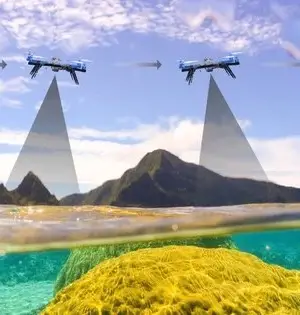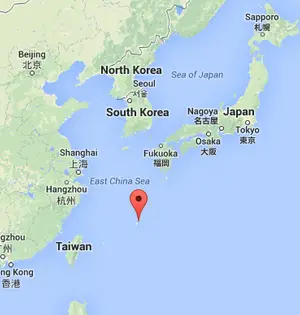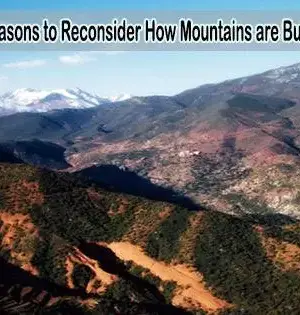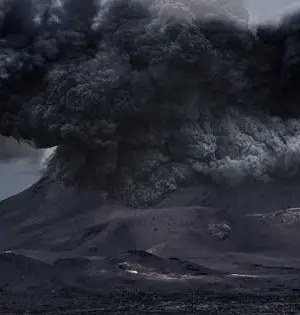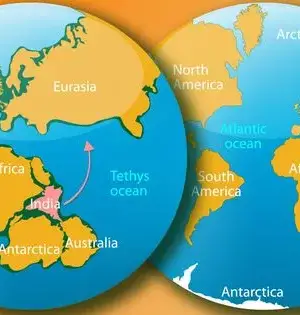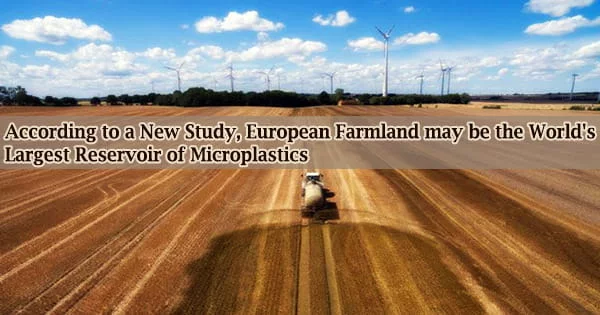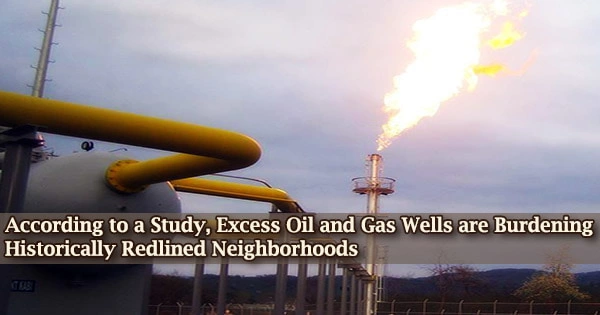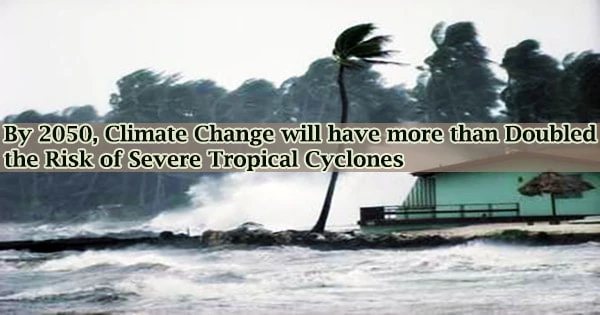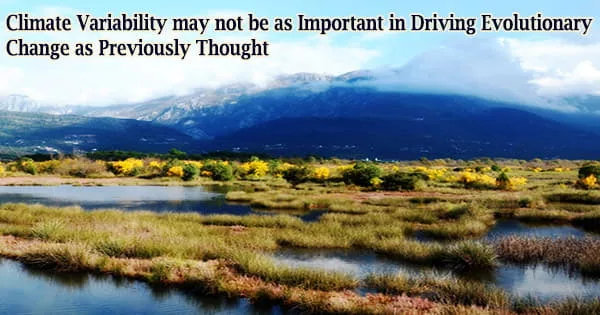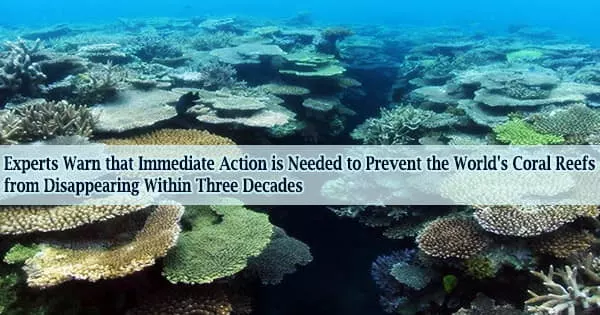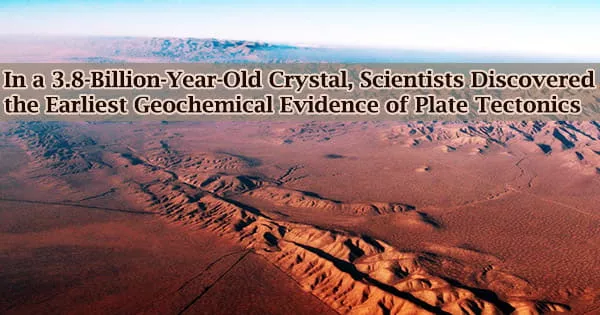According to new research, the high amounts of microplastics identified in fertilizers derived from sewage sludge on Europe's farmlands might make it the world's largest reservoir of microplastics. Microplastics are applied to European soils in amounts ranging from 31,000 to 42,000 tonnes (or 86-710 trillion microplastic particles) every year, according to Cardiff University scientists, mirroring the concentration of microplastics observed in ocean surface waters. Microplastics extracted from raw sewage at wastewater treatment plants are estimated to make up about 1% of the weight of sewage sludge, which is commonly used as a fertilizer on farms across Europe, according to a
Geography
Andrea Mundl-Petermeier and Sebastian Viehmann of the University of Vienna's Department of Lithospheric Research have demonstrated that a new geochemical archive 182Tungsten in banded iron formations can be used to simultaneously trace both the evolution of the Earth's mantle and continents throughout Earth's history, according to a study published in the journal Nature Communications. This opens up new possibilities for future research into the Precambrian Earth. The short-lived 182Hafnium-182Tungsten isotope system has previously been studied to learn more about how the Earth's mantle developed during the early Earth period: 182Tungsten shows, among other things, how much the Earth was exposed
According to new research from the University of Portsmouth, shipping in the North East Atlantic has increased dramatically. More monitoring in the area is now needed, according to scientists, to help conserve sea life on the endangered species list. Researchers at the University of Portsmouth discovered that shipping rates in the North East Atlantic region increased by 34% in five years. The rate of increase of shipping in Marine Protected Areas is even more obvious, and it is a major source of concern for experts. In the same time span, an analysis of vessel motions in these delicate conditions revealed
Acadia National Park is famed for its magnificent lakes, which can reveal a lot about the state of the environment to scientists. According to new research, rules aimed at reducing human-caused sulfur in the atmosphere have helped lakes in Acadia National Park recover, however climate change may hinder this process. Human-induced atmospheric pollution in the twentieth century triggered the acidity of lakes across eastern North America beginning in the 1940s, according to research from the 1990s. Acidification of lakes reduces the amount of dissolved organic carbon in the water, affecting lake ecology and making the water appear clearer. The northeastern
Monitoring the world's fishing fleets for labor abuse and illegal fishing is a difficult task, but new data could help firms and countries intervene more effectively. The country a vessel is registered to, often known as its “flag state,” and the type of fishing gear the vessel carries onboard are two significant risk factors, according to a Stanford University-led report published in Nature Communications. The findings provide policymakers and regulators with a list of vessel features and regions to consider when procuring seafood. “Surveillance on the high seas is innately challenging, so these data provide a critical first step in
In the United States, traditionally redlined communities with the lowest density of oil and gas wells have twice the density of comparable neighborhoods with the highest density. In redlined areas, wells are expected to contribute to disproportionate pollution and accompanying health issues. The study was published in the Journal of Exposure Science & Environmental Epidemiology by the Columbia University Mailman School of Public Health, University of California Berkeley, and the University of California San Francisco researchers. Residents near oil and gas wells are exposed to air and water pollution, noise, and other kinds of stress, which can increase the risk
According to a new study published in Scientific Advances, human-caused climate change would make strong tropical storms twice as often by the middle of the century, putting significant sections of the world at danger. According to the estimate, maximum wind speeds linked with these cyclones could increase by roughly 20%. Tropical cyclones are relatively rare, while being among the world's most devastating extreme weather phenomena. Only about 80-100 tropical cyclones form each year, with the majority never making landfall. Furthermore, accurate worldwide historical records are lacking, making it difficult to anticipate when and where they may occur, as well as
A new study combining temperature data with fossil records of large mammals that existed across Africa during the last 4 million years calls into question a long-held idea that periodic climate fluctuations were important drivers of evolutionary change in mammals, including human ancestors. The study, which was published in the journal Proceedings of the National Academy of Sciences, provides an African continent-wide synthesis of environmental variability during the Plio-Pleistocene, a period in Earth's history spanning roughly the last 5 million years and including the last ice age about 20,000 years ago. Environmental variability throughout that time period, according to the
A worldwide group of environmental experts has released a set of important suggestions for protecting, conserving, and studying the world's coral reefs, which have been called the “canaries in the coal mine” of climate change. On Thursday, the Vibrant Oceans Initiative released a white paper on the future of fragile and vital habitats at the Our Oceans Conference in Palau. The committee draws on experience from universities and wildlife conservation groups around the world, including the University of Leicester, to offer six essential suggestions aimed at ensuring coral reefs' ‘persistence and survival.’ If the Paris Agreement's goals are not fulfilled,
According to a new study published today in AGU Advances, AGU's magazine for high-impact, open-access research and opinion across the Earth and space sciences, a handful of ancient zircon crystals discovered in South Africa hold the oldest evidence of subduction, a critical feature of plate tectonics. These unusual time capsules from Earth's early days allude to a change approximately 3.8 billion years ago from a long-lived, stable rock surface to the active processes that create our planet today, adding to a long-standing controversy over when plate tectonics began. The Earth's crust is divided up into stiff plates that move slowly
